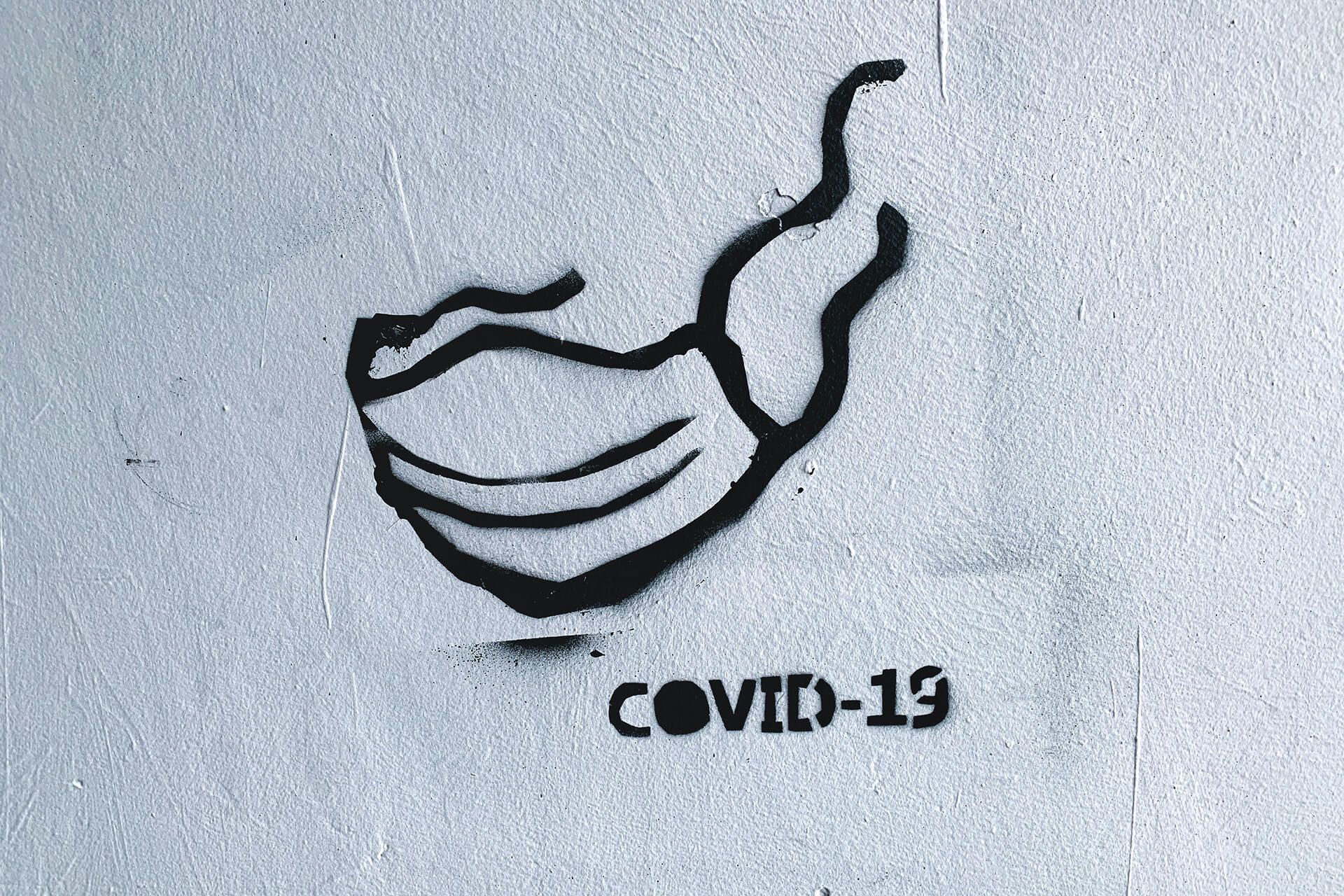It’s astounding to think that this time last year, in January 2020, the novel coronavirus virus hadn’t even been named yet. Terms like SARS-COV-2, COVID-19, social distancing, lockdowns and masks were still unfamiliar to most of us. As the virus swept across the globe, scientists, authorities and civilians all scrambled to contain the outbreak, constantly grappling with new information emerging on a daily basis. We’ve put together an overview of the current situation, and then take a look back at some of the major milestones from the first year of COVID-19.
Where do we stand now?
Late January 2021, the global figures for confirmed COVID-19 cases have topped 100 million infections. There have been over 2 million deaths registered, with many more likely unaccounted for as deaths surge above expected averages. The current death toll is equivalent to the entire population of Paris, or Houston, or Hiroshima, and rising fast.
Nevertheless, scientists have been hard at work developing solutions to our dire situation. Chinese virologists deciphered the genetic information of the virus in record time, enabling a flurry of research activities around the world. Companies, academic institutions, funding bodies and governments have united to initiate astounding numbers of clinical trials for treatments and vaccines. Currently, there are at least 90 preclinical vaccines under active investigation in animals. A further 66 vaccines are undergoing clinical trials in humans, and 20 have reached the final stages of testing. Of these, 10 vaccines have been approved for either early access or full use in various countries around the world.
Most vaccines under investigation are genetic vaccines, delivering one or more of the coronavirus’s own genes into our cells to provoke an immune response (e.g., Pfizer-BioNTech, Moderna, CureVac). Others are employing viral vectors to enter our cells and cause them to make coronavirus proteins for our immune system to recognize (e.g., Oxford-AstraZeneca, Johnson & Johnson, Sputnik V, CanSino Biologics). Companies are also creating protein-based vaccines that contain coronavirus proteins but no genetic material (e.g., Novavax) and vaccines created from weakened or dead coronaviruses (e.g., Sinopharm, Sinovac Biotech).
Scientists are also studying a wide range of potential treatments for COVID-19, although most are still in early stages of research. Many, like Remdesivir by Gilead Sciences, are antivirals aiming to stop SARS-COV-2 from hijacking our cells. Other treatments, like convalescent plasma, interferons or monoclonal antibodies, aim to strengthen our immune response, to give our bodies a better chance of fighting off the virus. We’ve also learned that many COVID-19 deaths are caused by an overreaction of our immune systems in an event called a cytokine storm. To prevent this from happening, cytokine inhibitors and drugs like Dexamethasone and other corticosteroids are being used to reign in haywire immune responses.
Finally, the past year has seen uncountable innovations in other supporting factors like COVID-19 tests, ventilators, masks and more. Not to mention the technological revolution in solutions aimed to support us as we work, learn and live from home. Humans are nothing if not resourceful. Faced with this unprecedented global catastrophe, we have risen to the challenge, adapting our societies and lifestyles to try to make the best of our situation. As the first year of this pandemic comes to a close, we will continue to weather this storm, using our collective ingenuity and tenacity to overcome the obstacles hurled at us.
A year of pandemic
DECEMBER (2019)
31st – Chinese authorities in Wuhan announced the emergence of a mysterious pneumonia. Days later, researchers identified the disease as a novel coronavirus.
JANUARY (2020)
11th – First reported death
21st – Chinese researchers published the genome structure of the virus.
28th – 100 deaths
30th – The WHO declared a global health emergency.
FEBRUARY
10th – 1,000 deaths
11th – The virus was officially named SARS-CoV-2 (severe acute respiratory syndrome coronavirus 2) by the International Committee on Taxonomy of Viruses (ICTV) and the WHO named the disease caused by the virus COVID-19.
14th – France announced the first COVID-19 death in Europe.
23rd – Italy saw a major surge in cases.
29th – The US reported its first death.
MARCH
20th – 10,000 deaths
APRIL
6th – UK Prime Minister Boris Johnson tested positive for the virus and was moved into intensive care.
9th – 100,000 deaths
MAY
17th – Japan and Germany, two of the world’s largest economies, entered recessions.
JULY
6th – President Donald Trump formally moved to withdraw the US from the WHO.
21st – European leaders agreed on a EUR 750 billion stimulus package.
AUGUST
11th – Russia becomes the first country in the world to approve a vaccine (named Sputnik V).
SEPTEMBER
28th – One million deaths
OCTOBER
2nd – US President Donald Trump tested positive for the virus.
19th – Belgium closed restaurants and imposed a curfew to halt a spike in cases following relaxed summer measures.
NOVEMBER
5th – England entered a national lockdown.
DECEMBER
2nd – The UK approved its first vaccine (BioNTech-Pfizer).
8th – The UK began vaccinations.
11th – The FDA approved its first vaccine (BioNTech-Pfizer).
18th – The FDA approved its second vaccine (Moderna).
20th – London entered a severe lockdown, alarmed by a new, faster-spreading variant of the coronavirus.
21st – The EMA approved its first vaccine (by BioNTech-Pfizer).
27th – The EU launches its vaccine campaign on “V-Day” .
30th – China approved its first vaccine (Sinopharm). The UK approved its second vaccine (Oxford-AstraZeneca).


